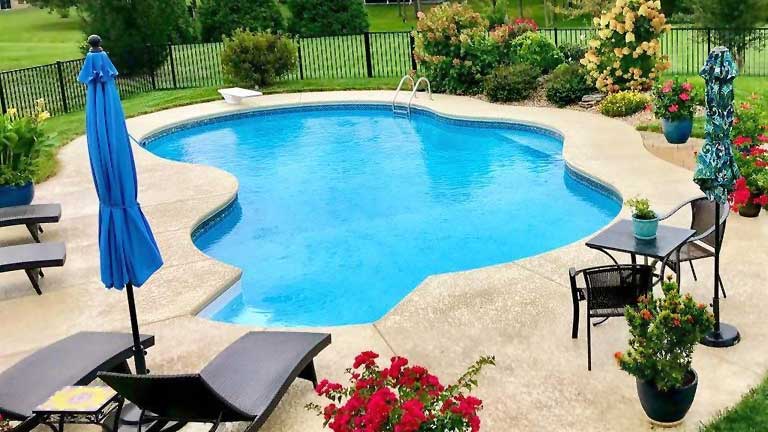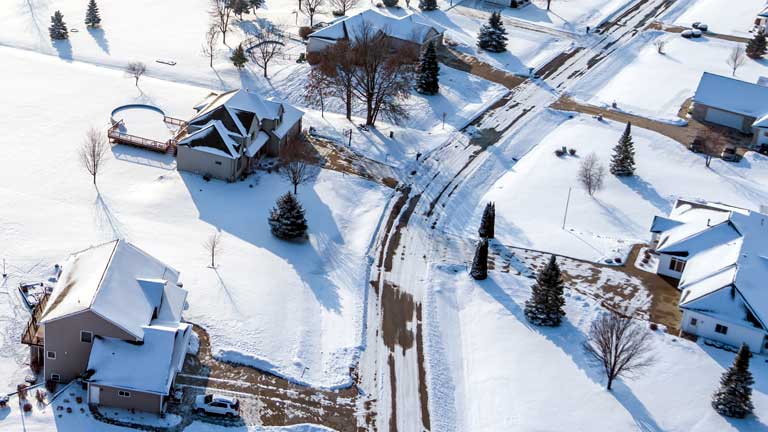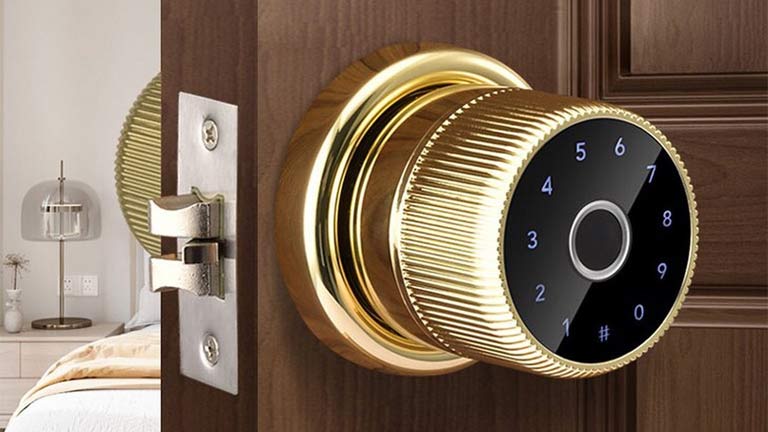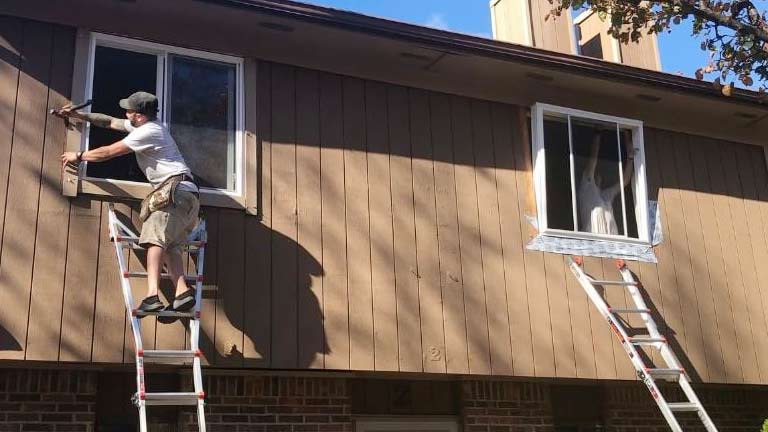
In the realm of outdoor living and property enhancement, in-ground pools stand as alluring icons of leisure and aesthetic appeal. They beckon as sparkling oases, inviting you to experience the joys of a private aquatic retreat right in your backyard. As you explore the world of in-ground pools, a multitude of factors come into play, each carrying its own set of advantages and drawbacks. In this discussion, we delve into the pros, cons, and critical design considerations surrounding these watery havens, guiding you on a journey of informed choices and well-planned visions.
Pros of In-Ground Pools
Enhanced Aesthetics
In-ground pools contribute significantly to the overall visual appeal of your property. An in-ground pool’s smooth integration into your outdoor area improves the visual appeal of your house and creates a visually arresting focal point that can make your backyard seem cozier and more appealing. The customizability of in-ground pools allows you to tailor their design to harmonize with your landscaping and architectural features, ensuring a cohesive and pleasing aesthetic. The pool’s surroundings are made more opulent by the choice of materials, such as exquisite tile or natural stone. The ability to incorporate landscaping, hardscaping, and outdoor seating areas further enhances the pool area’s overall visual appeal, making it an integral part of your outdoor living space.
Enhanced Property Value
When thoughtfully planned and kept up, these pools turn into a compelling selling feature for prospective purchasers. They not only offer a recreational feature but also enhance the overall curb appeal and aesthetics of the property. In-ground pools, often regarded as long-term investments, can contribute to the desirability of your home in the real estate market, potentially allowing you to command a higher selling price. Buyers seeking a well-maintained, professionally installed in-ground pool as part of the package often view it as a valuable asset, making your property more competitive in the housing market. However, it’s crucial to consider factors like location, local market trends, and the pool’s condition to maximize the positive impact on your home’s value.
Cons of In-Ground Pools
Higher Costs
In-ground pools come with the drawback of higher initial costs compared to their above-ground counterparts. The construction of an in-ground pool involves excavation, intricate plumbing, quality materials, and skilled labor, all of which contribute to the overall expense. Factors such as pool size, shape, and design complexity can further influence the cost, making it essential to establish a clear budget before embarking on the project. Additionally, ongoing expenses, including maintenance, water, electricity, and pool equipment, should be factored into the cost equation. Although some people may be put off by the initial cost, it’s important to weigh the benefits and enjoyment that in-ground pools can provide over time.
Extended Construction Time
In-ground pools typically involve a longer construction timeline in comparison to above-ground alternatives. The installation process is more complex and time-consuming due to the need for excavation, foundation work, plumbing, and other intricate tasks. Construction can take weeks or even months to finish, depending on the size of the pool, the intricacy of the design, and the local climate. During this period, your outdoor space may be disrupted, affecting its usability. It’s essential to plan accordingly, taking into account the extended construction time when considering an in-ground pool, and to work closely with experienced pool builders to ensure a smooth and efficient installation process, minimizing any unnecessary delays.
Design Considerations for In-Ground Pools
Pool Shape and Size
Various shapes, such as rectangular, oval, kidney, or freeform, offer diverse aesthetics and suit different landscape designs. Similarly, the pool’s size must align with your intended use, whether it’s for leisure, exercise, or accommodating a certain number of swimmers. The size and shape decisions should complement your property’s layout while providing enough space for comfortable movement and activities around the pool area. Considering these factors beforehand ensures the pool not only meets your needs but also integrates seamlessly into your outdoor environment, enhancing the overall appeal of your space.
Pool Features
Waterfalls, spas, fountains, and underwater lighting can add a touch of luxury and ambiance. In addition to producing calming sounds, water features help improve the aesthetics and atmosphere of the pool. A separate area for rest and hydrotherapy is provided by spas or hot tubs that are incorporated into the pool area. Pool lighting, both in the pool itself and around its perimeter, allows for extended pool use in the evening while creating an inviting atmosphere. Additionally, features such as built-in benches, swim-up bars, and tanning ledges provide added convenience and comfort for pool users. The choice and combination of these features can be tailored to suit your preferences and the pool’s intended use, turning your in-ground pool into a functional and attractive outdoor oasis.
Long-Term Vision
While the initial pool design is essential, considering the possibility of pool renovations down the road can be prudent. Pool remodels may involve updating the pool’s features, changing its aesthetics, or improving its functionality. These alterations can breathe new life into your pool, ensuring it continues to meet your changing needs and design preferences. Factors like advancing technology, evolving trends, and the wear and tear of the pool over the years can all warrant such updates. By keeping a long-term perspective and planning for pool renovations as part of your pool’s life cycle, you can adapt your pool to stay current and aligned with your vision while maximizing its longevity and value.
Conclusion
The allure of enhanced aesthetics, customization, and increased property value can be compelling. Still, these benefits must be weighed against the higher costs, extended construction timelines, and maintenance expenses that come with in-ground pool ownership. Your ability to harness the potential of an in-ground pool hinges on careful consideration of design elements, budgetary constraints, and long-term planning.




